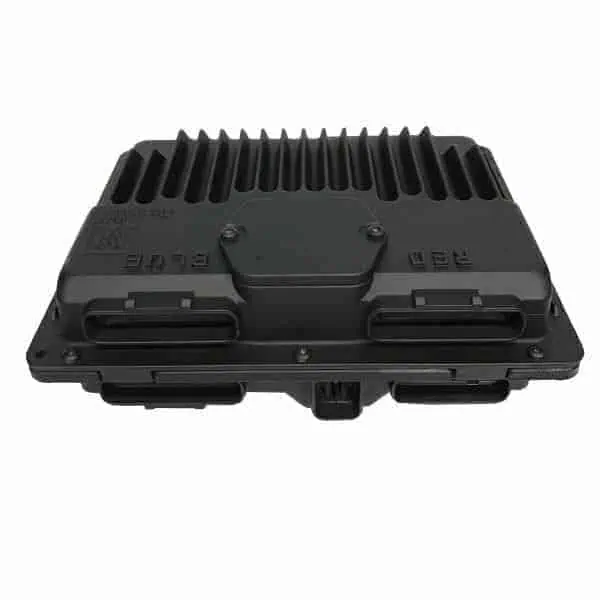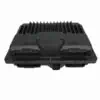Is Your 1998-1999 Chevy Express or GMC Savana Running Poorly?
If your workhorse van is suddenly stalling, shifting erratically, or displaying a persistent Check Engine Light, the root cause is often a failing Powertrain Control Module (PCM). As the central computer for your vehicle, the PCM manages everything from fuel injection and spark timing to transmission shift points and emissions controls. When it begins to fail, it can cause a wide range of frustrating and difficult-to-diagnose issues, leaving your vehicle unreliable and potentially unsafe to drive.
From the Diagnostic Bay
We had a 1999 Savana 2500 towed in that had its owner chasing ghosts for weeks. The van would start fine cold, but after 15 minutes of driving, it would start to misfire, hunt for idle, and eventually stall at stoplights. The owner had already replaced the fuel pump, spark plugs, and wires with no improvement. After hooking up our scanner, we noticed erratic data from the crank sensor and injectors, but the components themselves tested fine. This pointed us directly to the PCM. A faulty driver inside the module was failing under heat. We installed a VIN-programmed replacement, performed the security relearn, and the van ran perfectly. It’s a classic case where the symptoms point everywhere, but the real problem lies with the vehicle’s brain.
Symptoms of a Failing GM PCM
- ✔ Persistent and unexplained Check Engine Light (CEL).
- ✔ Engine stalling, stumbling, or misfiring, especially when warm.
- ✔ Harsh or erratic automatic transmission shifting.
- ✔ Complete no-start condition where the engine cranks but won’t fire.
- ✔ Poor fuel economy and loss of power.
- ✔ Communication errors with diagnostic scan tools.
- ✔ Intermittent issues that are difficult to replicate.
A Simple, Reliable Solution: The 1998-1999 Express 3500 PCM
Don’t let a faulty computer keep your truck or van off the road. This is a genuine, used OEM Powertrain Control Module, part number 16266645 (interchangeable with 09355699 and others listed), that has been meticulously tested and is ready for service. The key to our solution is the professional programming. We flash the module with the latest official GM software updates specifically for your vehicle’s Vehicle Identification Number (VIN). This ensures that all factory parameters for your engine, transmission, and options are perfectly matched, resulting in a true plug-and-play repair.
By providing us with your VIN during checkout, you eliminate the need for expensive dealership programming or specialized tools. This module will arrive at your door ready for installation, saving you significant time and money. It’s the most efficient way to restore your vehicle’s original performance and reliability.
Frequently Asked Questions
Do I need to do any programming after I receive this PCM?
No. We program the computer to your vehicle’s VIN before shipping. However, on most 1998-1999 GM vehicles, you will need to perform a simple security relearn procedure (often called a CASE relearn or Passlock relearn). This can typically be done without special tools and involves a sequence of key turns. Instructions are widely available online for your specific model.
Where do I provide my VIN?
Please enter your 17-digit VIN in the notes section during checkout or send it to us via message after your purchase. We cannot ship your part until we have this information.
Is this a new part?
This is a high-quality, tested, and fully functional used OEM part sourced from a salvaged vehicle. This provides OEM reliability at a fraction of the cost of a new module.
How do I know if this part number will fit my vehicle?
This PCM, identified by service number 16266645, is a direct replacement for several part numbers, including 09355699, 16250279, and 9366810. It fits a wide range of 1998-1999 GM trucks, vans, and SUVs like the Tahoe, Suburban, C/K Pickups, and Astro/Safari. Please check the compatibility list on this page to confirm your specific model.
What tools are needed for installation?
Installation is straightforward. You will typically only need basic hand tools, such as a socket set, to disconnect the battery and remove the mounting brackets holding the old PCM. The electrical connectors have simple release tabs.


